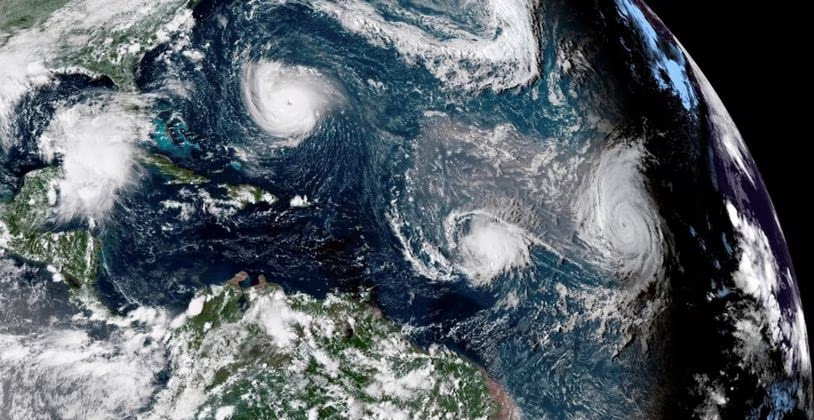There is a saying that no one can escape the uncertainty of agricultural risks, but everyone can prepare for them. The stark reality facing Zambian farmers going into the 2023/24 farming season is that they are likely to experience unfavourable weather conditions that would impact their crop yields due to a phenomenon called El-Nino.
The Zambia Meteorological Agency (ZMA) has issued an advisory that the 2023/24 farming season is expected to be hit by the El-Nino which will be characterised by reduced rainfall activities.
So, what is this El-Nino and how does it come about? In brief, El-Nino is a phenomenon that happens when sea temperatures rise significantly in the Pacific Ocean off South America resulting in dry air which affects the rain formation process globally. The phenomenon is associated with extreme weather conditions of droughts and floods. It is usually associated with abnormal rainfall in the Horn of Africa, parts of Southern Africa, Central Asia as well as several other regions. On the other hand, it is associated with droughts in parts of Southern Africa, Central Asia as well as several other regions.
The impact of El-Nino is not a new phenomenon to Zambia. In the 2015/16 farming season the impact of El-Nino resulted in reduced water levels at Kariba that resulted in a national wide load shedding schedule of up to 12hours per day. Our farmers where hard hit resulting in a 39 percent drop in agriculture output and a 28 percent decline in the countries Gross Domestic Product (GDP). The drought costed the Zambian government around US$300 million to stabilise the social-economic fundamentals of the economy.
About eight years later we are faced with the grim reality of being hit by El-Nino again. In fact, recent data points to an increase in the frequency and severity of climate risks to the extent that even relying on historical data for price predictions has started becoming a challenge.
In the wake of these challenges that stand to threaten our national food security, it has become imperative that interventions are put in place to ensure that farmers are protected by safeguarding their crops. This is where agriculture risk mitigating tools like agriculture insurance comes in to ensure farmers incomes remain stable even in the wake of losses.
Farmers have several options available to mitigate the impact of adverse weather conditions and these include planting early maturing varieties, mixed cropping, and use of irrigation facilities just to mention a few. However, these measures can only effectively protect farmers from losses if they are layered or are implemented simultaneously. This is because use of one intervention alone will still expose the farmers to other perils. For example, use of early maturing verities would not protect the crops from hailstorms, floods, and fires, thereby potentially exposing the farmers to losses.
This is where crop insurance becomes an essential tool in providing a holistic mechanism of protecting the farmers against a range of perils such as drought, floods, pests, diseases, hail and windstorms, fires, frost, damage by stray animals and even damage due to riot and strike under one policy.
The insurance policy pays the farmer for any losses in yield as a result of the impact of any of the insured perils. This ultimately results in the stabilisation of the farmers’ incomes thereby giving them an opportunity to reinvest in inputs and other social securities for the following season. This way, the agriculture sector becomes robust to climate risk shocks and the whole agriculture value chain from input suppliers, farmers, aggregators, transporters, and millers/crushers is not heavily impacted thereby positively benefiting the entire national economy.
Authored by: Dean Simuchimba (BSc. Agric, MSc. Agric Risk Mgt)
Agriculture Underwriter, Klapton Re
